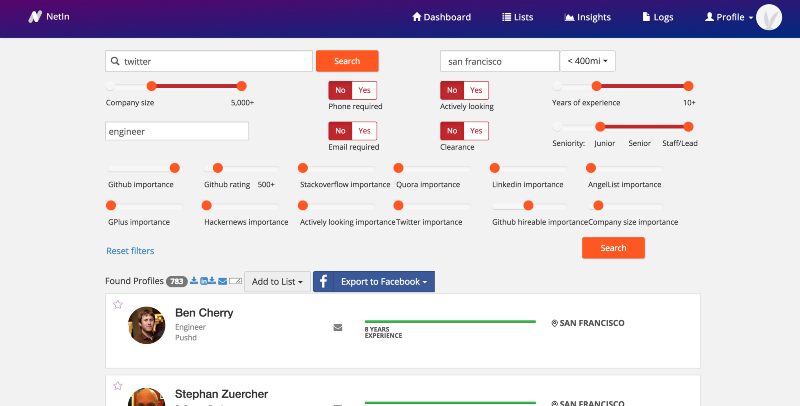Right now every single one of your employees is saying they would prefer to work from home! You’re doing everything you can to add work-at-home options to as many roles as possible, because this is the single hottest trend in workplaces, and it’s the only way you can attract talent to your organization.
By the way, it’s a big lie!
Actually, you have a very small percentage of employees who are saying they want to work from home, but they’re very loud and vocal, so it sounds like everyone. You also have a very small number of roles within your company that can be effective as a work-at-home role, based on a number of issues specific to your organization and your roles.
When you do the math of a small number of people who actually want to work at home and the small number of roles you have that could do this, you don’t have a real problem. You have a made up problem.
How do I know this?
Because most work-at-home people are actually choosing to ‘rent’ shared outside-the-home workspace. Organizations like WeWork and Factory are exploding in the co-working space. These are shared workspaces for the startup generation types, who are mostly working as individual contributors but want to be around other people who are also working.
In every mid-sized to large-sized city, you can find coworking organizations who are offering space. Why? Because this is what people want. They actually get motivated to be around other people who are working.
Working at home in your underwear sounds great until you get beyond the vacation phase. At first, working from home seems like this great idea. All the freedom to work when you want, with little distraction, and ultimate flexibility. What most people find is this ultimate ‘freedom’ is something they are not very good at.
Working at home is one GIANT distraction. Oh, I should throw that load of laundry in. Hey, who’s driving down my street? Why does my neighbor wear Crocs outside to get the paper? I should make a good lunch today, then go for a run. Is that laundry done? Okay, Rocky, I’ll let you outside again, but I can’t play right now, I need to work!
Everyone believes they can work from home. 100% of people. About 2% of people are actually effective at working from home. What you find is 98% of people have almost zero self-insight into themselves. Being in a structured work environment actually, helps them be more productive, get things done, and meet the needs of the role you’re paying them to do.
Work-at-home and being flexible are two very different things. Being flexible means allowing an employee to add in some personal stuff that needs to get done during the day, knowing they’ll meet their work obligations without issue. Don’t confuse these two things. Being ‘flexible’ with your employees doesn’t mean you need to go full work-at-home mode.
What you’ll find is the employees will love it, you’re managers will hate it, and less work actually gets done.
Now, wait for the comments, because the work-at-home set lose their minds on posts like this! Why? Because they’re working from home and have time to read blogs about how they shouldn’t be working at home!

